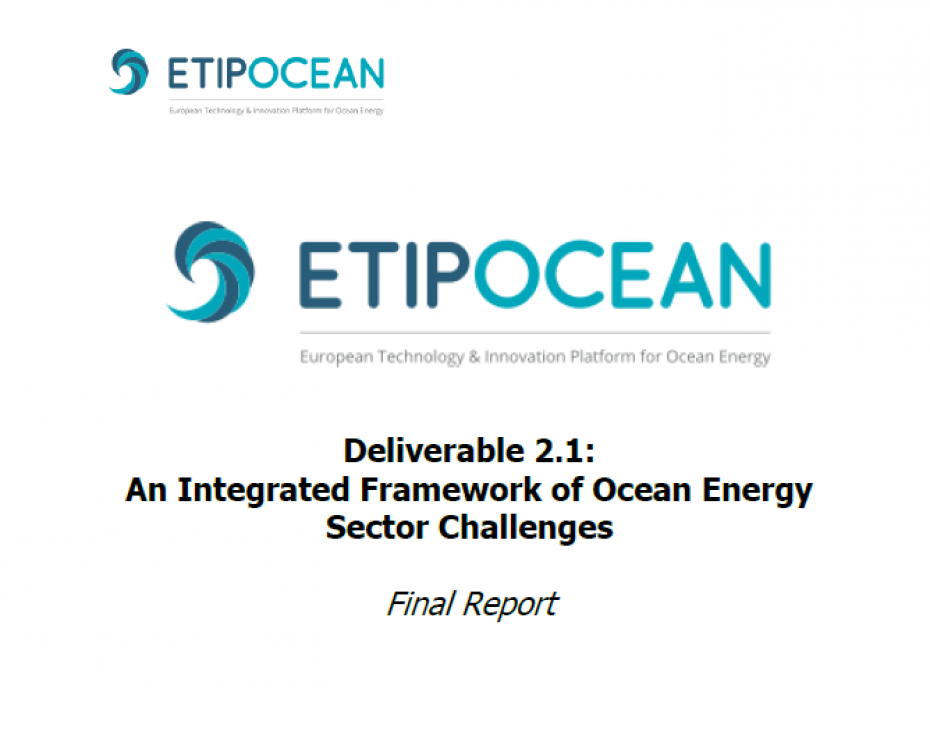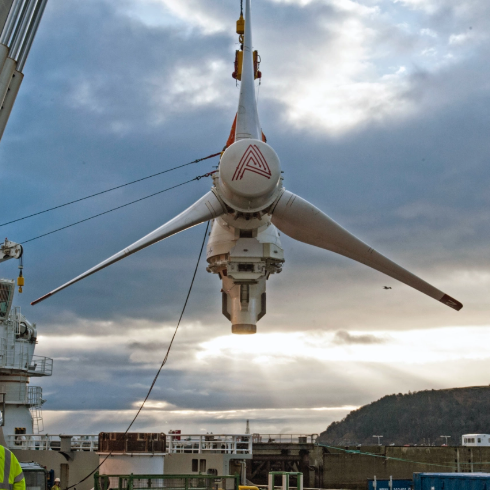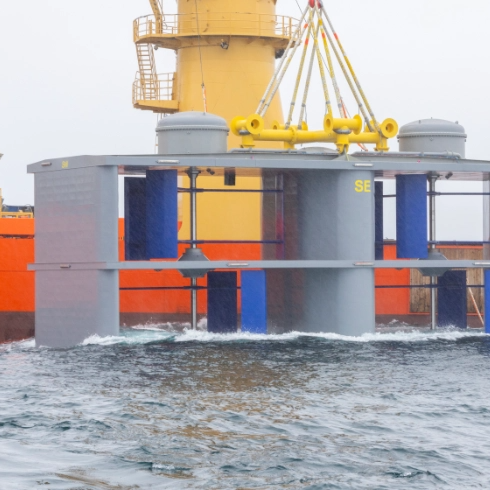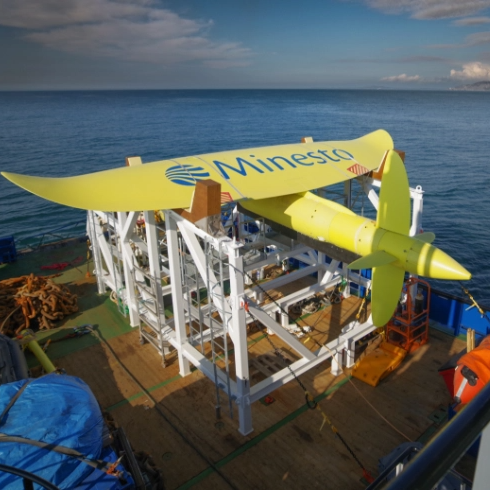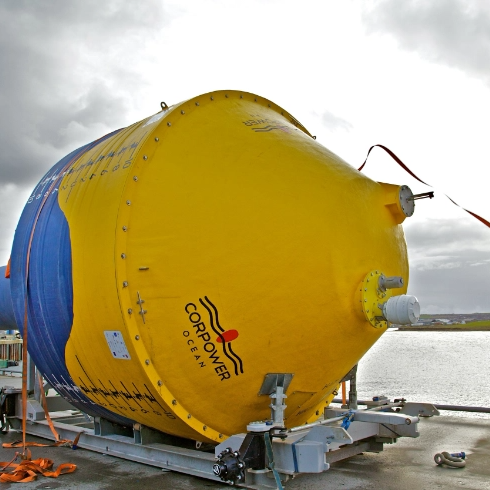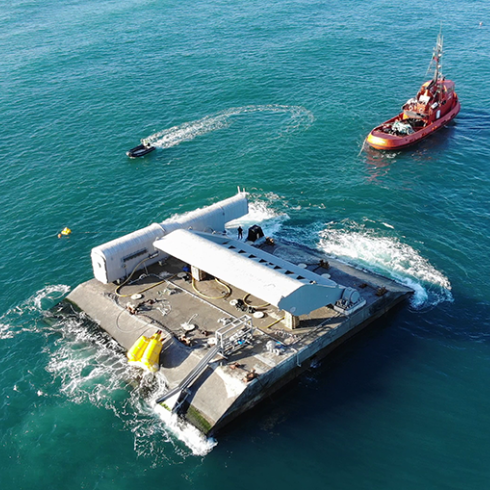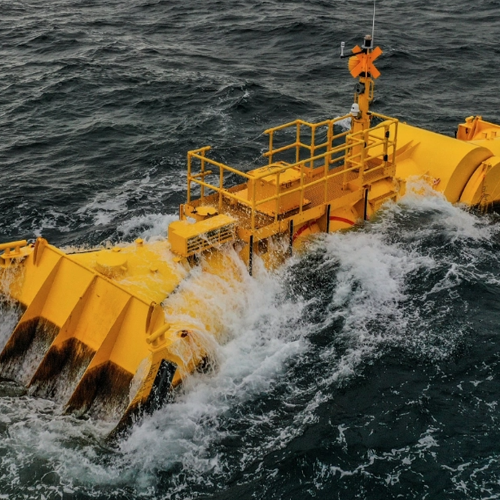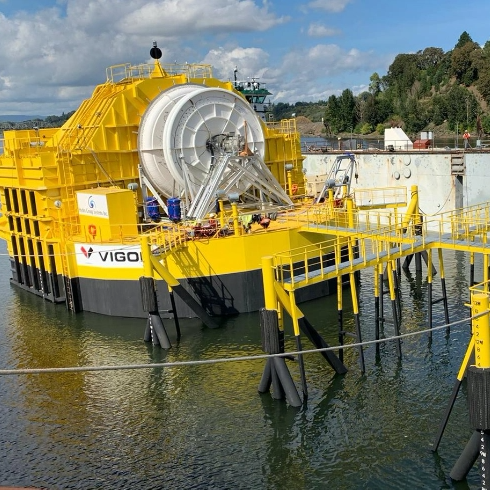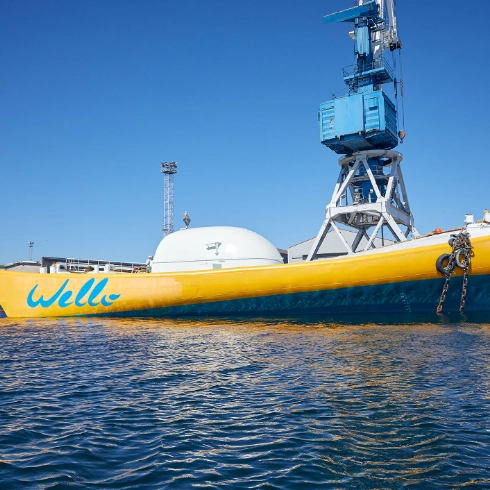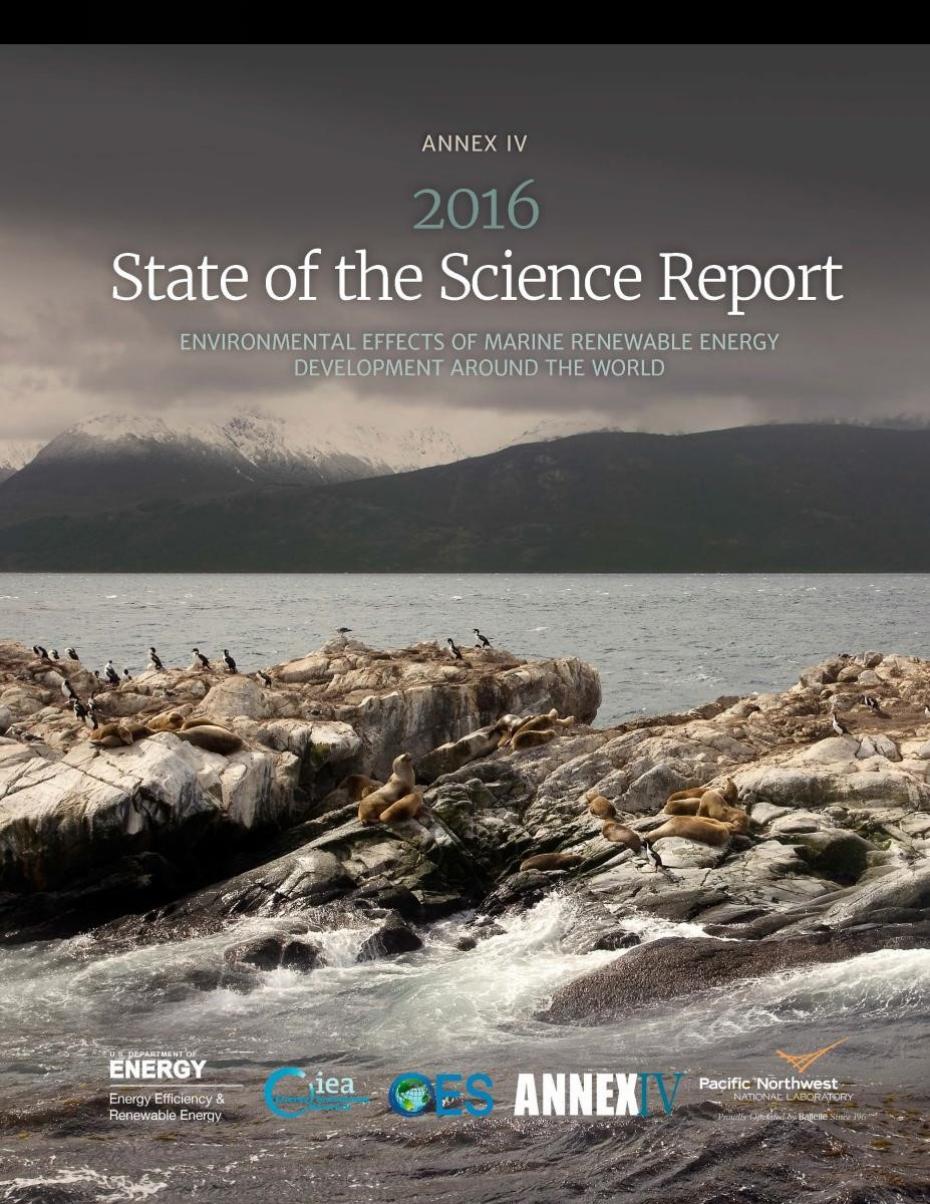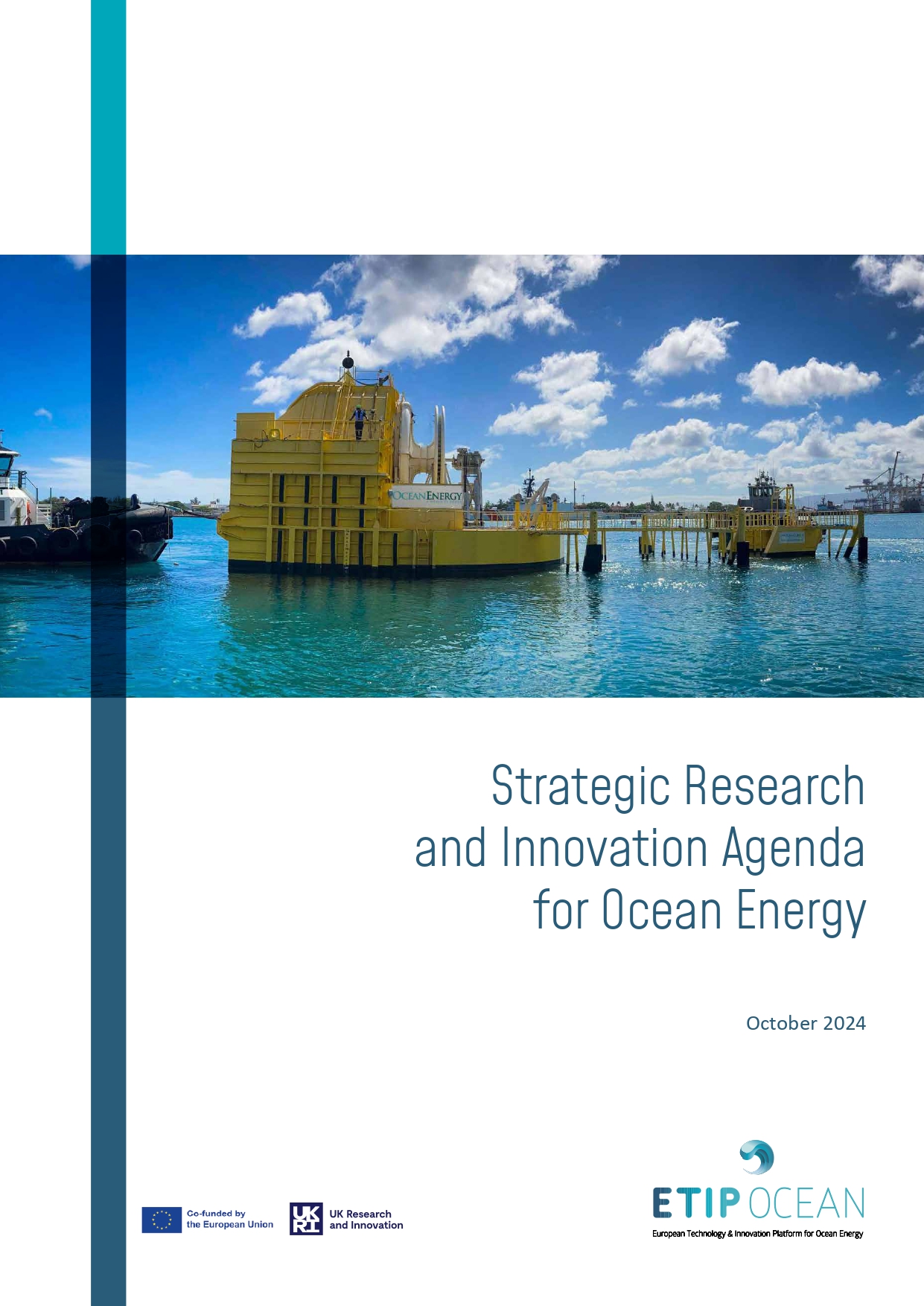
Wave energy array’s global warming potential up to 40x lower than fossil fuel generation’s
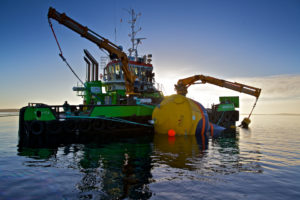
Image: CorPower Ocean (Colin Keldie)
A new study by the University of Edinburgh suggests that the global warming potential of future wave energy arrays will be 20-40 times lower than that of conventional fossil fuel electricity generation.
A cradle to grave life cycle assessment (LCA) was undertaken for a 10 MW wave energy array comprising of 28 full-scale point absorbers from the Swedish technology developer CorPower Ocean. Cabling and marine operations at array scale were included in the assumptions.
The resulting global warming potential of the array ranged between 25.1-46.0 gCO2e/kWh, depending on the frequency of marine operations, which can make up to 57% of the total figure. Within materials, steel has the highest impact as the array is comprised of 83% of steel.
As the first LCA study ever made on wave energy arrays – previous analyses have focused on single devices – it gives a more realistic view on the real environmental impact of wave energy deployments in the future and emphasises the need to replace coal and gas with new clean technologies.
This is an extract, full report available as PDF download
Download full report
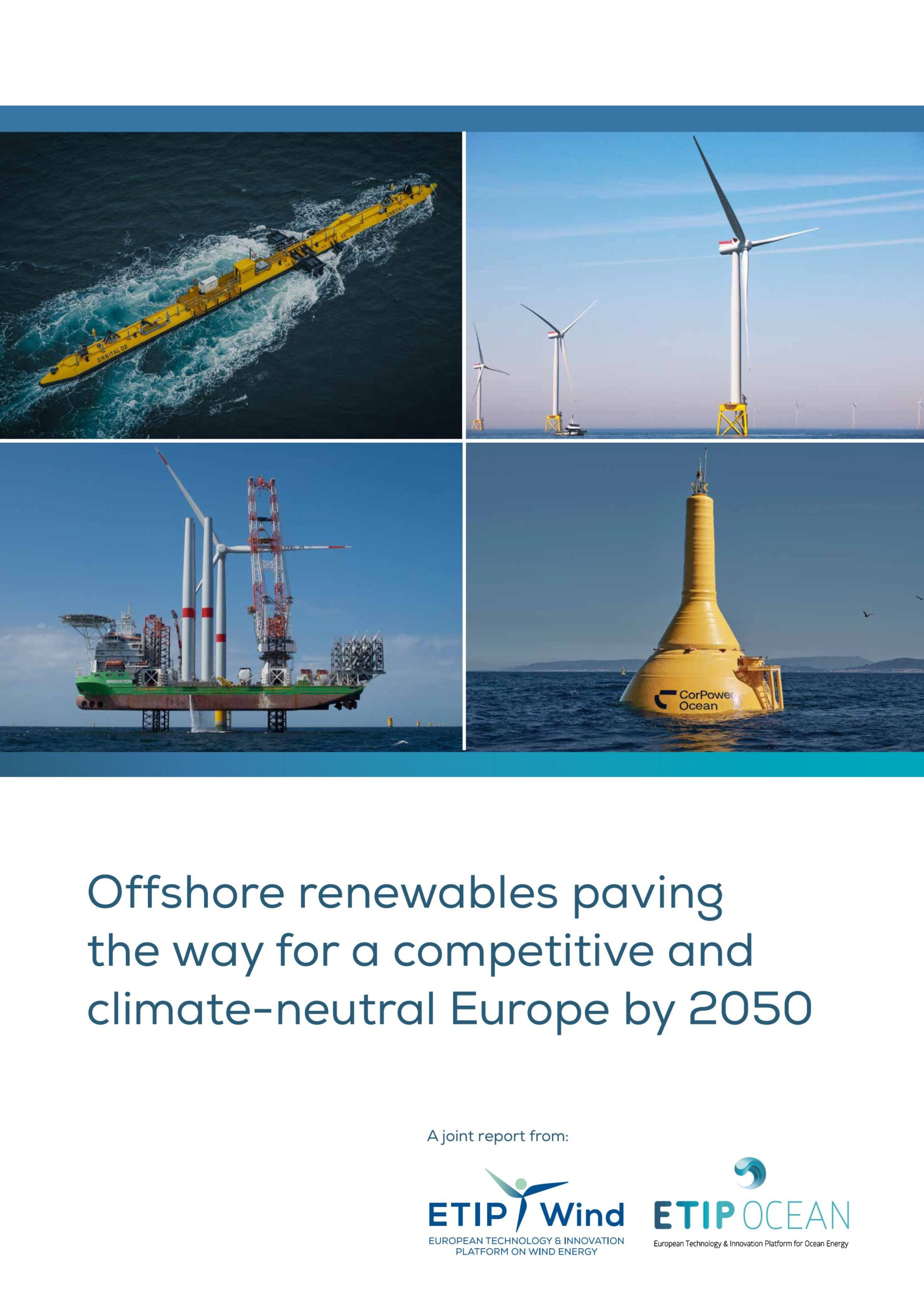
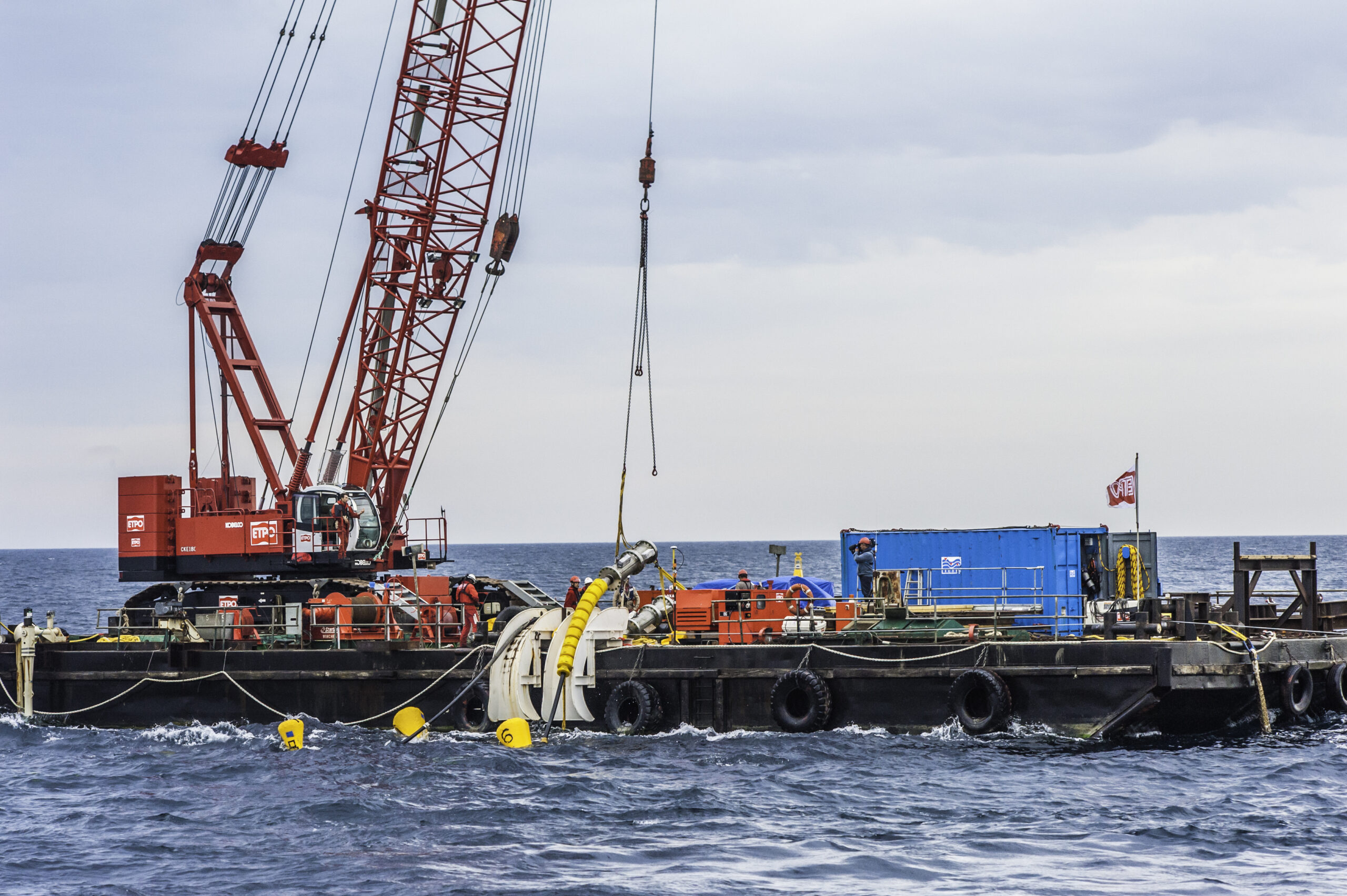
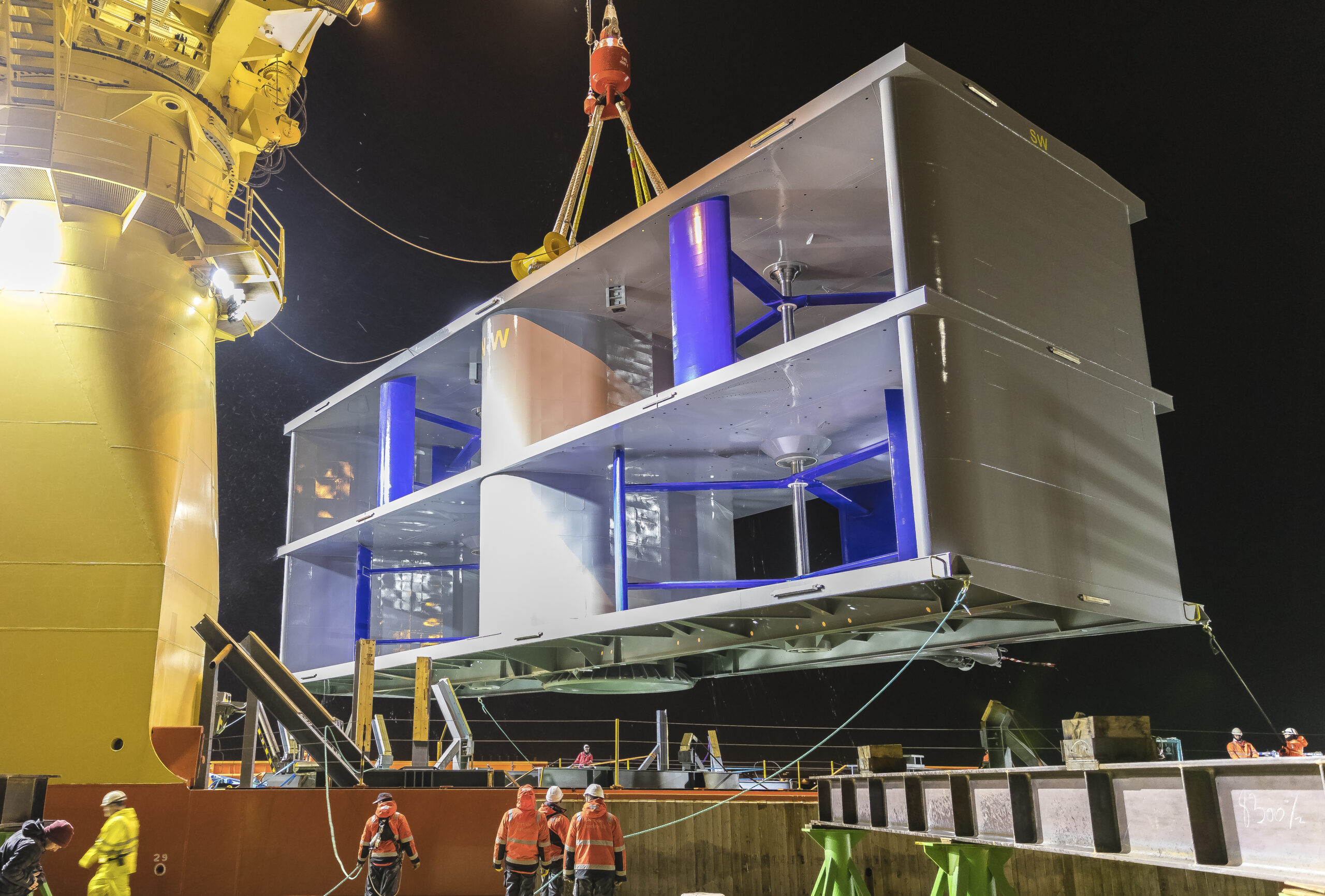
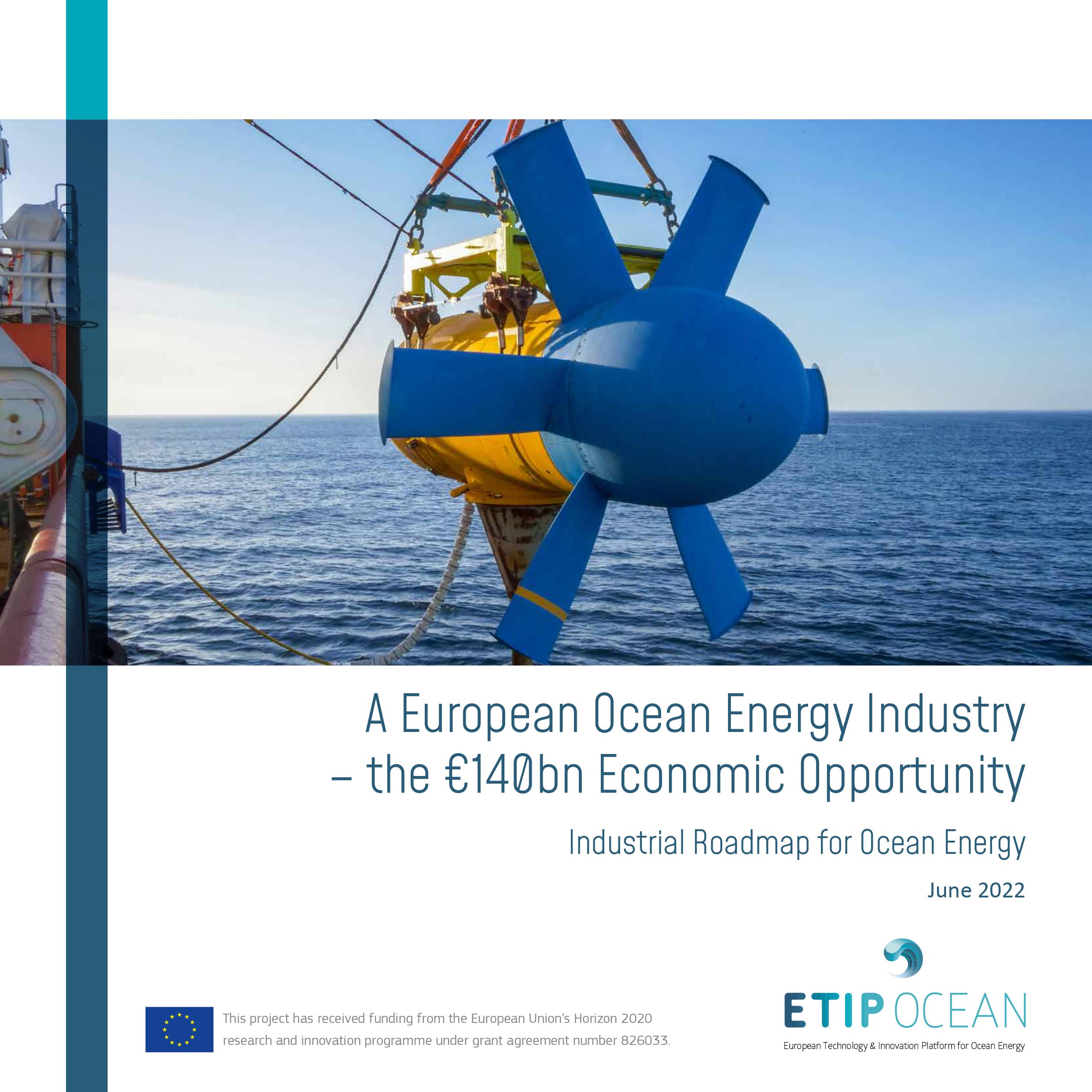
Industrial Roadmap for Ocean Energy 01 Jul 2022
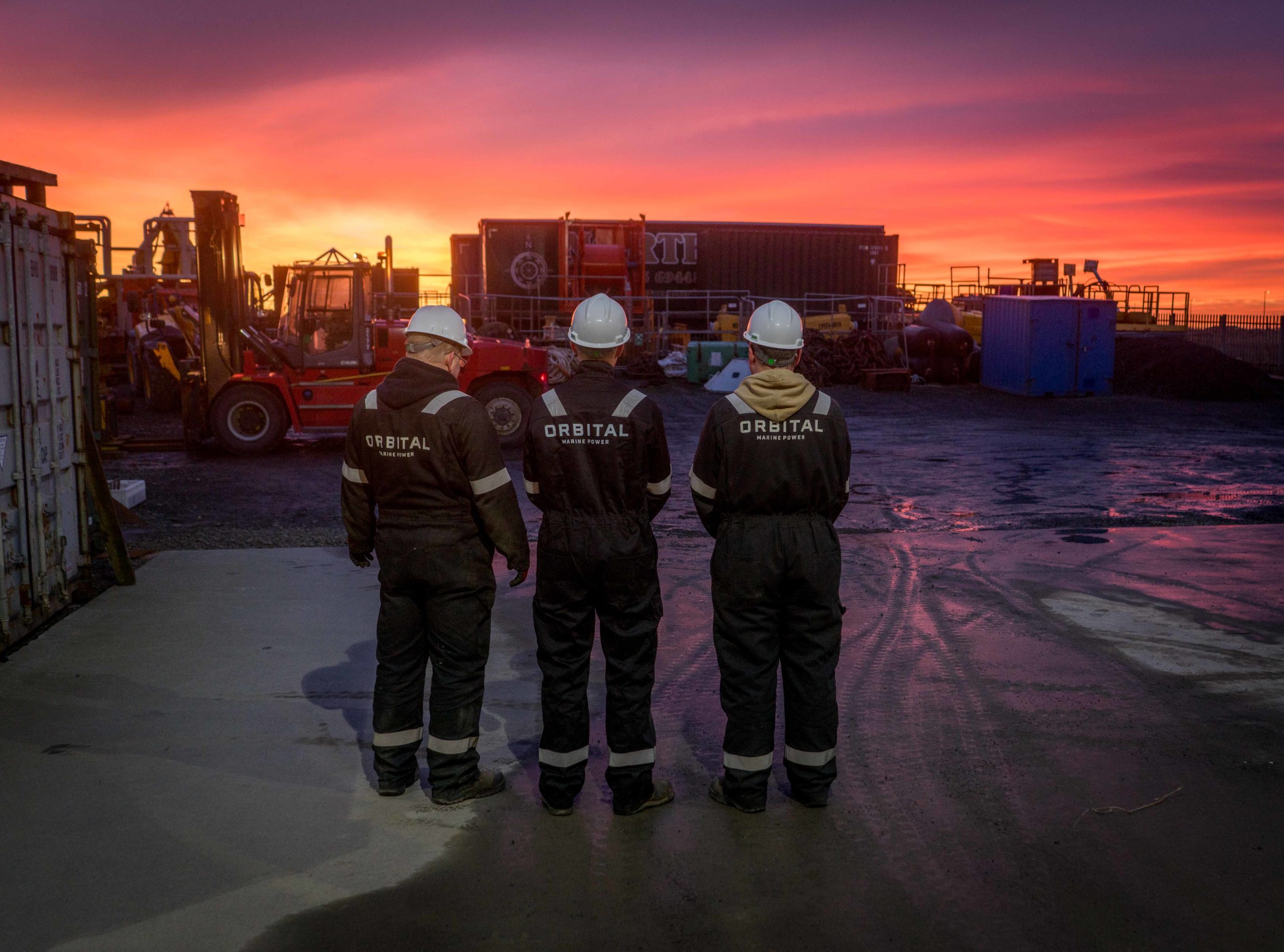
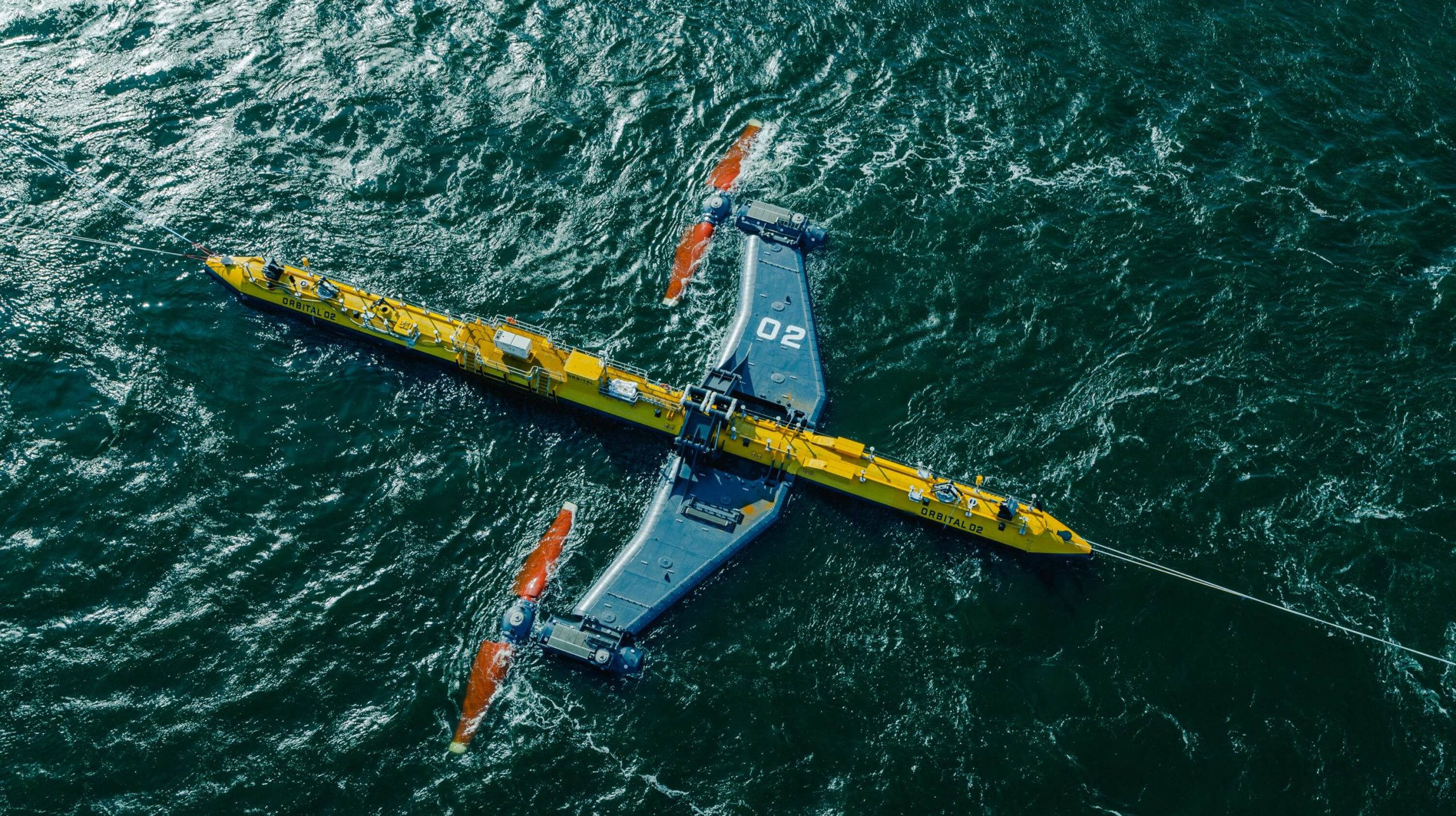
ETIP Ocean engagement with the SET Plan actions 01 Jan 2022
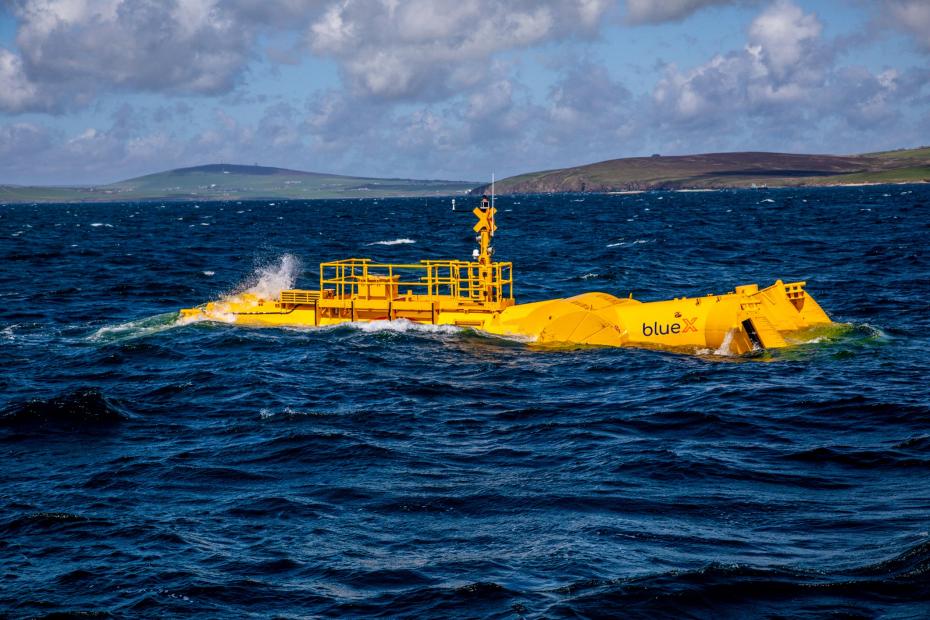
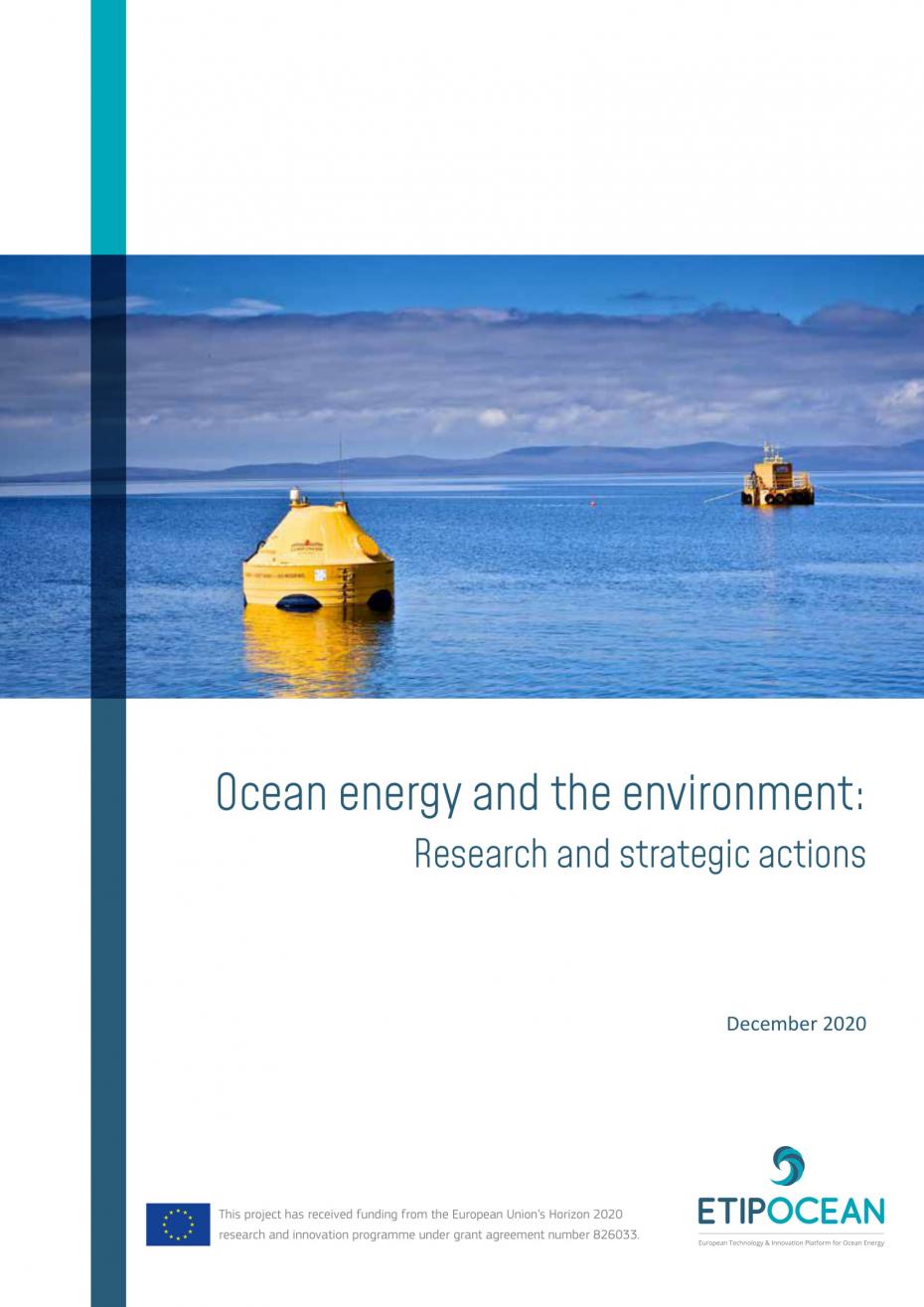
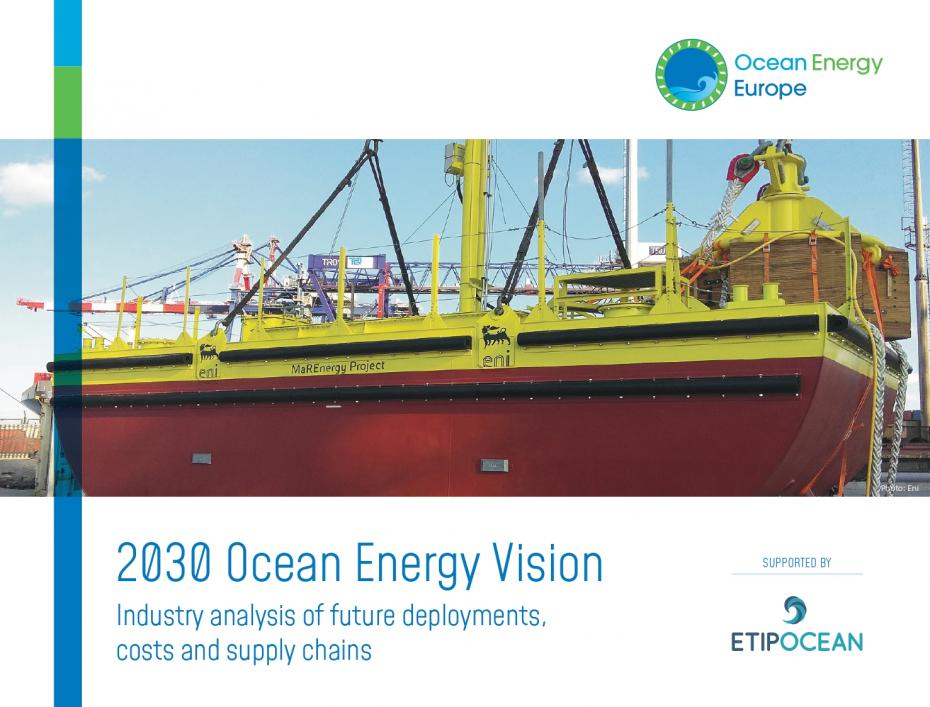
2030 Ocean Energy Vision 13 Oct 2020
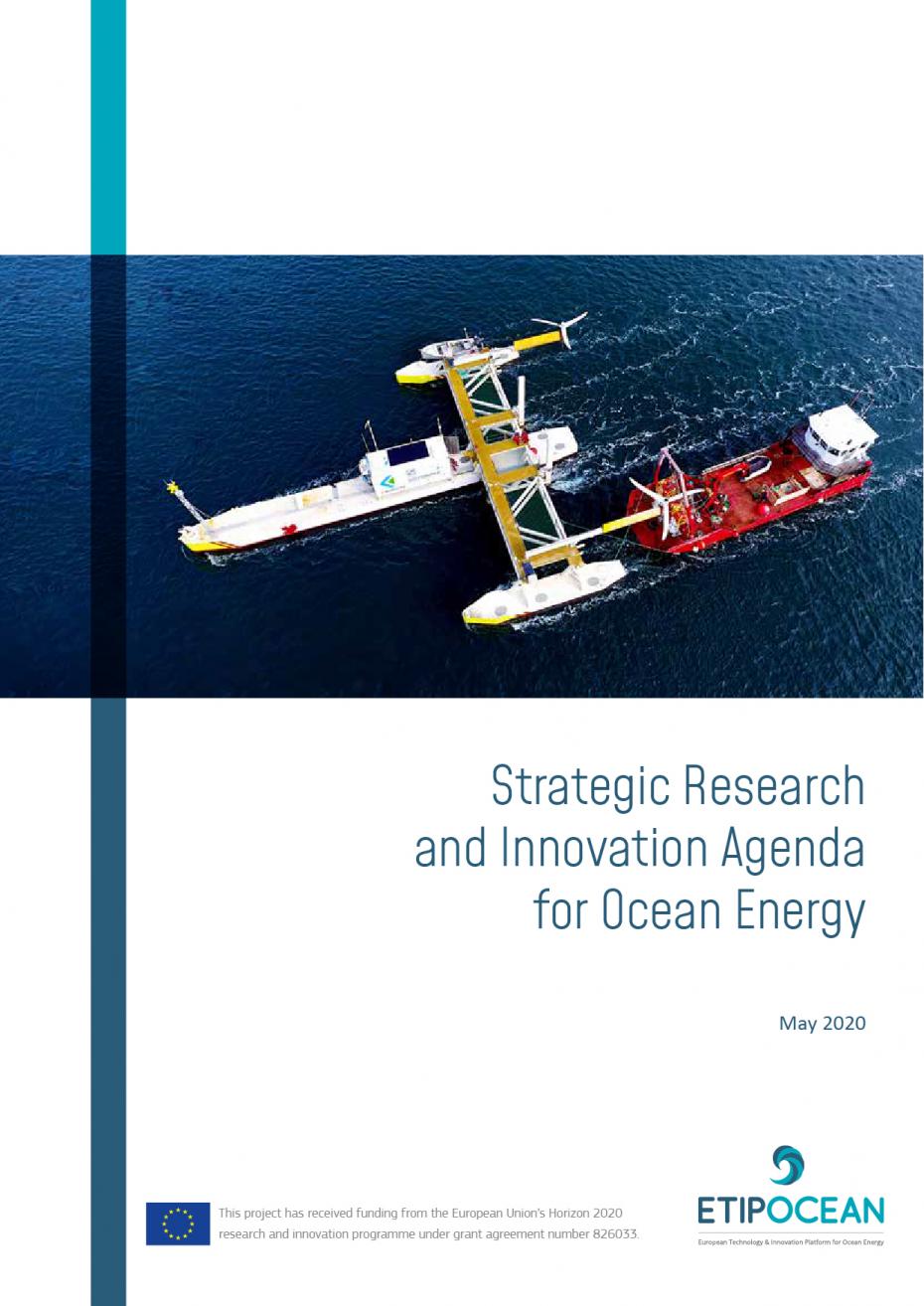
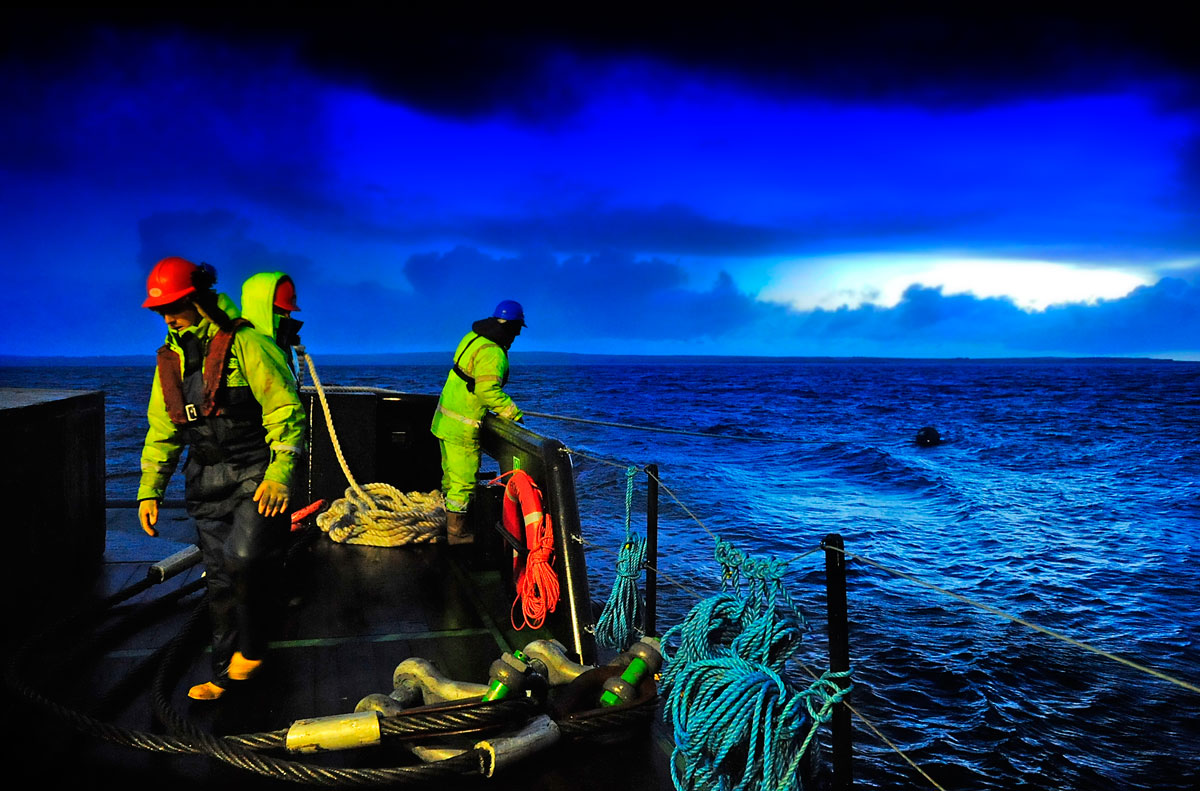
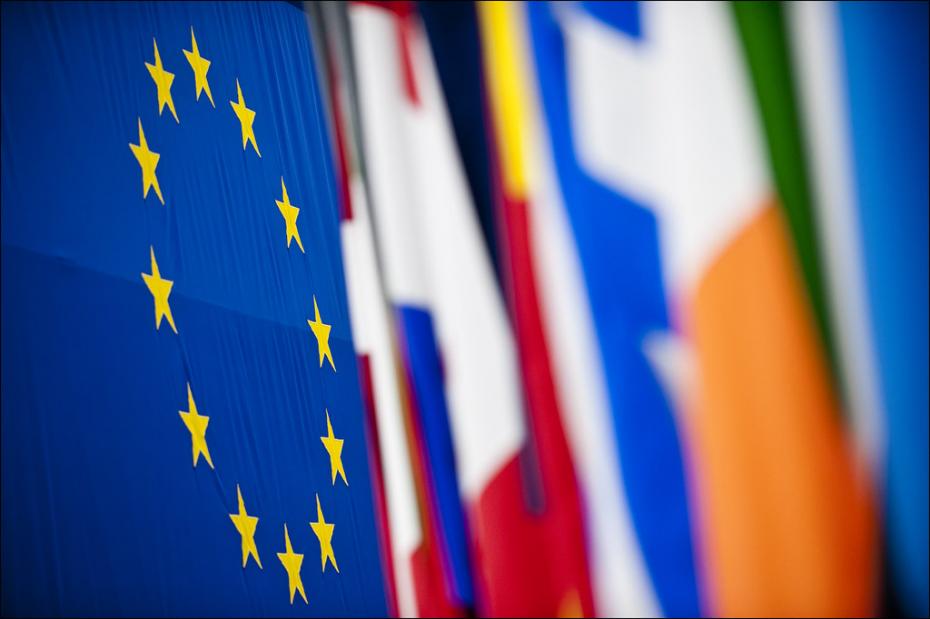
New ETIP Ocean report: EU and national policies play a key role in ocean energy development 19 Dec 2019
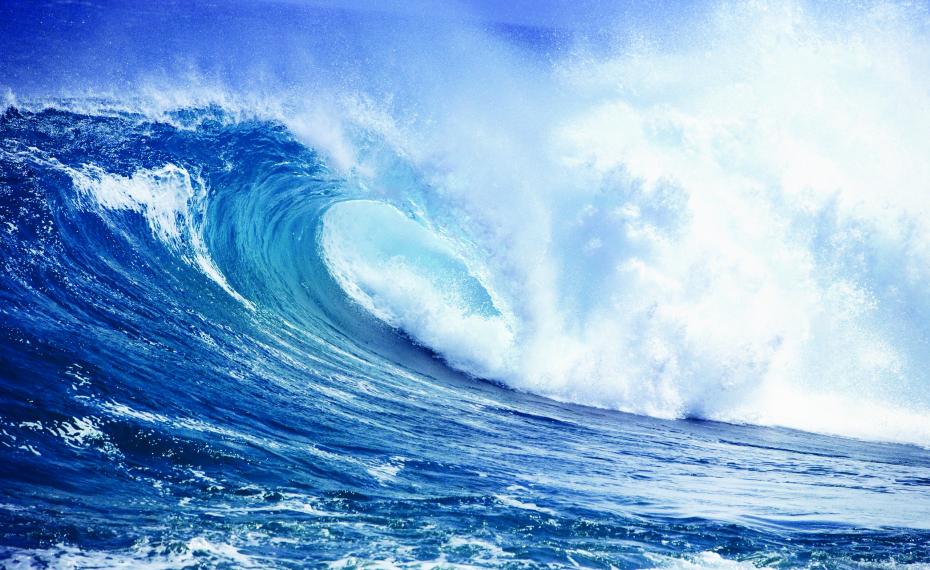
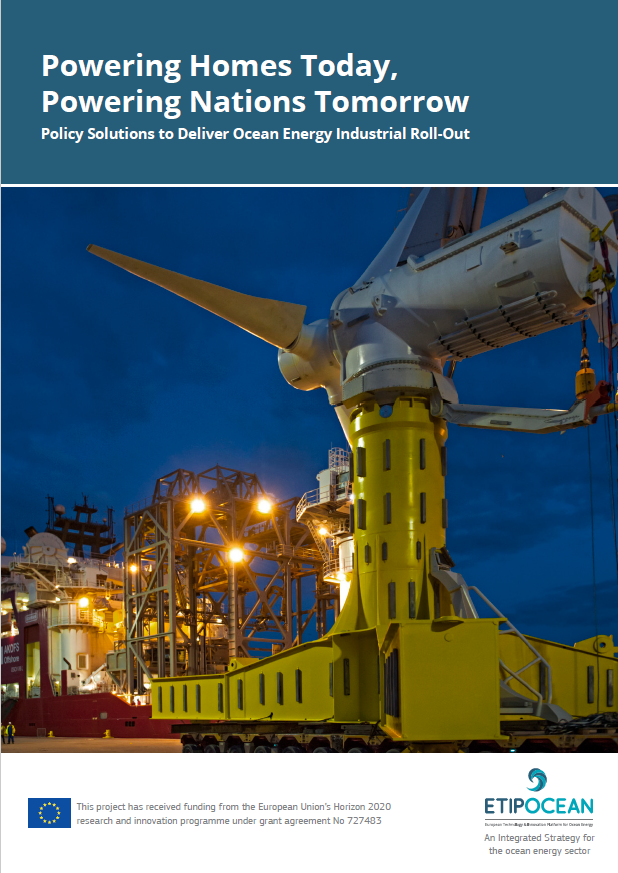
Powering Homes Today, Powering Nations Tomorrow 10 Apr 2019
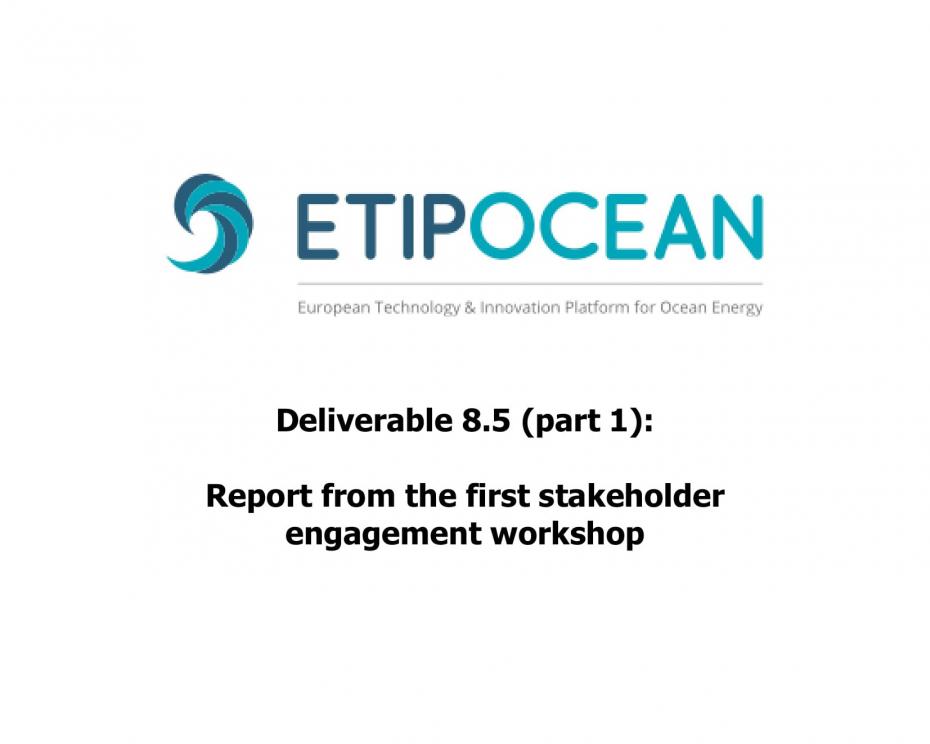
Report from the first workshop 30 Nov 2018
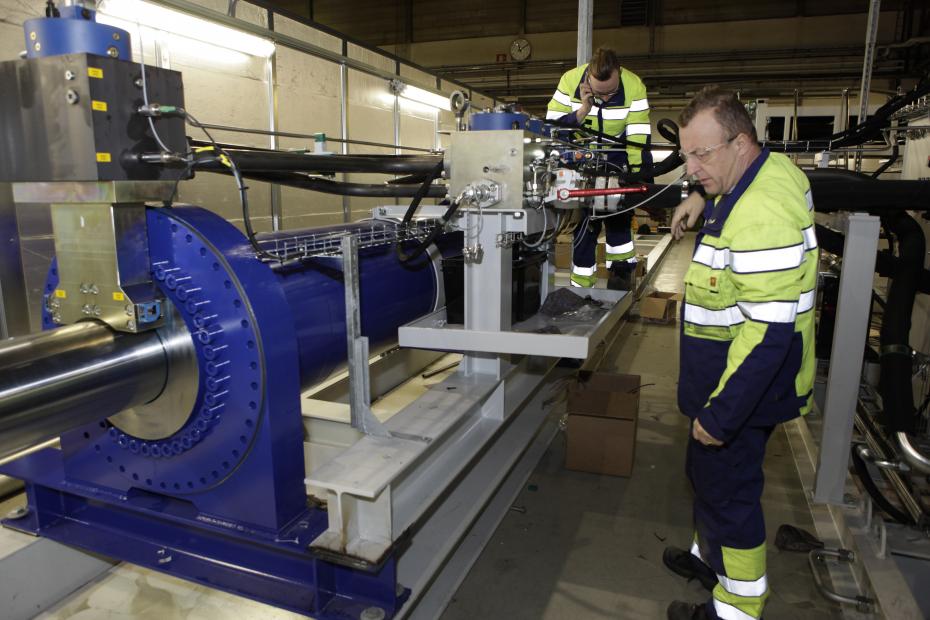
EU-funded ocean energy projects: complete description and links to H2020 and FP7 projects 28 Mar 2017
